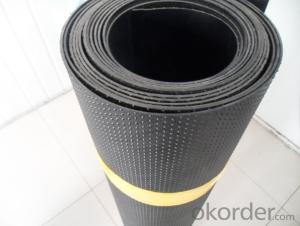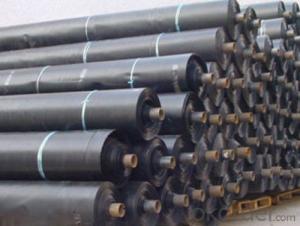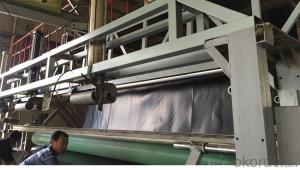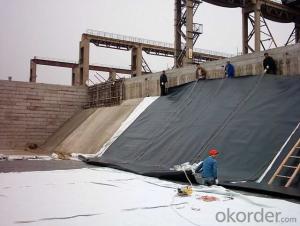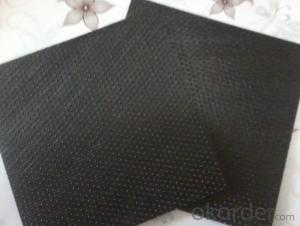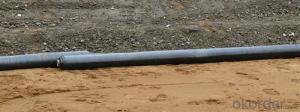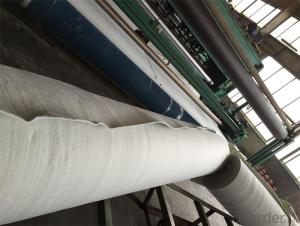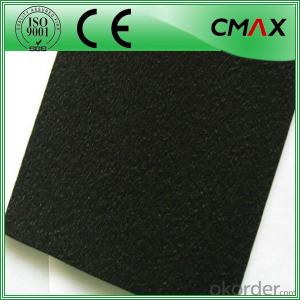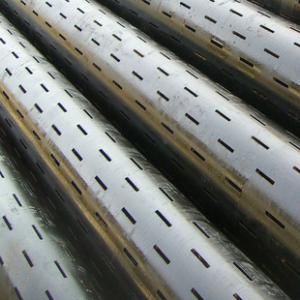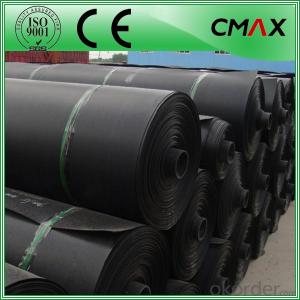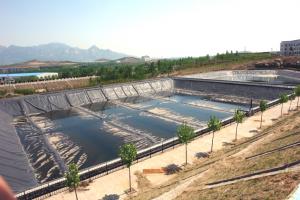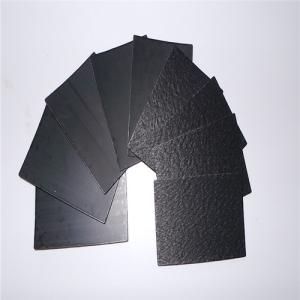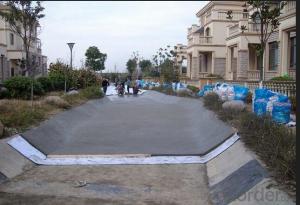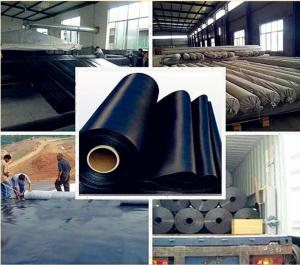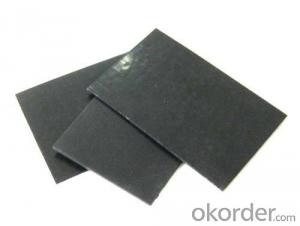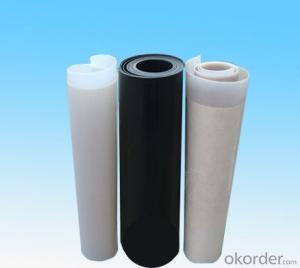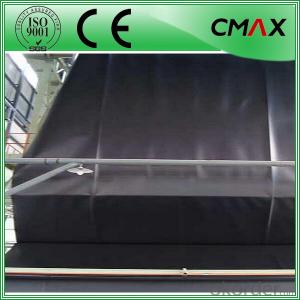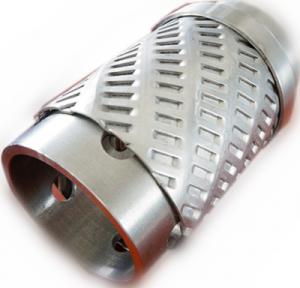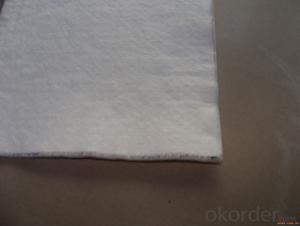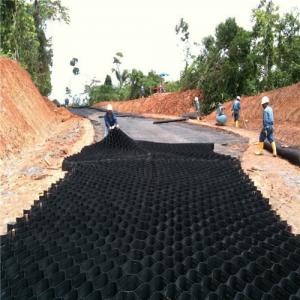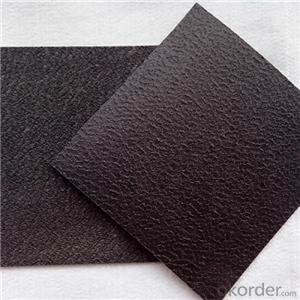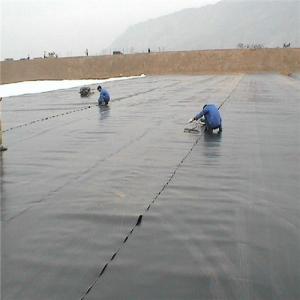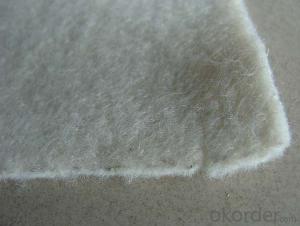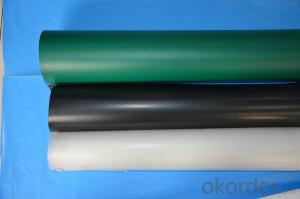Geomembrane Liner Installers
Geomembrane Liner Installers Related Searches
Geomembrane For Landfill 6 Stainless Steel Chimney Liner Stainless Steel Chimney Liner Grill Fish In Aluminum Foil Bake Fish In Aluminum Foil Geomembrane In Hdpe Geomembrane In Pakistan Grill Fish Aluminum Foil Baked Fish Aluminum Foil Grilled Fish Aluminum FoilHot Searches
China Pvc Geomembrane China Geomembrane Roll Sheet Scaffolding Manufacturer In Mumbai Hdpe Geomembrane Sheet Price Hdpe Geomembrane China China Geomembrane Geomembrane China Hdpe Geomembrane Price Geomembrane Liner Price Geomembrane Price Black Plastic Plant Pots Wholesale Wholesale Hdpe Geomembrane Roll Geomembrane Factory Wholesale Liner Hdpe Geomembrane Spring Manufacturer Singapore Bistable Spring Manufacturer Wholesale Geomembrane Hdpe Wholesale Hdpe Geomembrane Geomembrane Market Size Upvc Roofing Sheet Manufacturer In IndiaGeomembrane Liner Installers Supplier & Manufacturer from China
Okorder.com is a professional Geomembrane Liner Installers supplier & manufacturer, offers integrated one-stop services including real-time quoting and online cargo tracking. We are funded by CNBM Group, a Fortune 500 enterprise and the largest Geomembrane Liner Installers firm in China.Hot Products
FAQ
- Geomembranes have certain limitations when it comes to high-pressure applications. Firstly, they may not possess the necessary tensile strength to withstand the high pressures exerted on them, leading to potential ruptures or leaks. Additionally, geomembranes are susceptible to punctures or damage from sharp objects or abrasion, which can be exacerbated in high-pressure environments. Moreover, the ability of geomembranes to maintain a proper seal or prevent leakage under extreme pressure conditions may be compromised. Therefore, careful consideration must be given to ensure that the selected geomembrane is suitable for the specific high-pressure application to avoid potential failures.
- nan
- the mechanism are as follows: Ion exchange resins are high molecular material with an ion exchange function. in the solution, the ion of itself will have an exchange with the ion which has the same symbol in the solution. According to the different nature of the exchange groups, the ion exchange resin can be divided into cation exchange resin and an anion exchange resin. Most of the cation exchange resin has a sulfonic acid group (-SO3H), carboxyl (-COOH) and phenol (-C6H4OH) and other acidic group, wherein the hydrogen ions in solution can have an exchange with a metal or other cation. For example, the polymers of styrene and divinylbenzene by sulfonation is giving strong acid cation exchange resin and the structure can be simply expressed as R-SO3H, wherein R represents a resin matrix, the exchange mechanism is 2R-SO3H + Ca2 + (R-SO3 ) 2Ca + 2H this is the mechanism of water softening. Anion exchange resin comprises quaternary amine [-N (CH3) 3OH], amino (-NH2 ) or imidogen (-NH2 ) and other alkaline group. They can generate OH- ions in the water, and have exchange interaction with a variety of anions, the exchange mechanism is R-N (CH3) 3OH + Cl- R-N (CH3) 3Cl + OH- due to the ion exchange is reversible, so the used ion exchange resin is suitable to wash with acid or base resin with a suitable ion exchange concentration, to restore the original state and repeated use, so the process is called regeneration. cation exchange resin can be washed with dilute hydrochloric acid, dilute sulfuric acid solution; the anion exchange resin can be treated with sodium hydroxide solution, etc., and then reproduced. ion exchange resins are widely used, and it is mainly for the isolation and refinement. For example, softening water system and producing deionized water, recycling metal in industrial wastewater, separating rare metals and precious metals separation and purification of antibiotics.
- nan
- Electrothermal membrane heating can be classified into 220w\ square meters, 280w\ square meters, You should take into consideration room area when constructing, and generally laying a area about 120w\ square meters.(also is not the whole shop).
- nan
- The two layers of geomembrane bag are made of geofabric not geomembrane or geotextile, mainly used for the watercourse before the revetment (environment friendly geomembrane bag).
- Yes, geomembranes can be used in decorative waterfalls and cascades. They are commonly used in such applications to line and contain the water, preventing leakage and ensuring proper flow. Additionally, geomembranes offer durability, flexibility, and resistance to UV rays, making them suitable for creating aesthetically pleasing and functional water features.
- nan
- HDPE anti-seepage film uses resin of polyethylene. The high density polyethylene is about 2.5%. Carbon black, inhibitor, antioxygen, ultraviolet light absorber, stabilizer and other auxiliary materials are made through three-layer co-extrusion technology. HDPE geomembrane is made from 97.5% high-quality polyethylene, 2.5% carbon black, microscale antioxygen and heat stabilizer through special co-extrusion technology.
- Yes, geomembranes can be used in aquaculture applications. They are often used to line ponds, tanks, and other containment systems to prevent water leakage and control the environment for fish or other aquatic organisms.
- nan
- The main role of geomembrane on the road is water insulation, the part higher than the underground water level is isolated by geomembrane, and then backfill and grind, preventing the water through soil capillarity from soaking roadbed filler.



